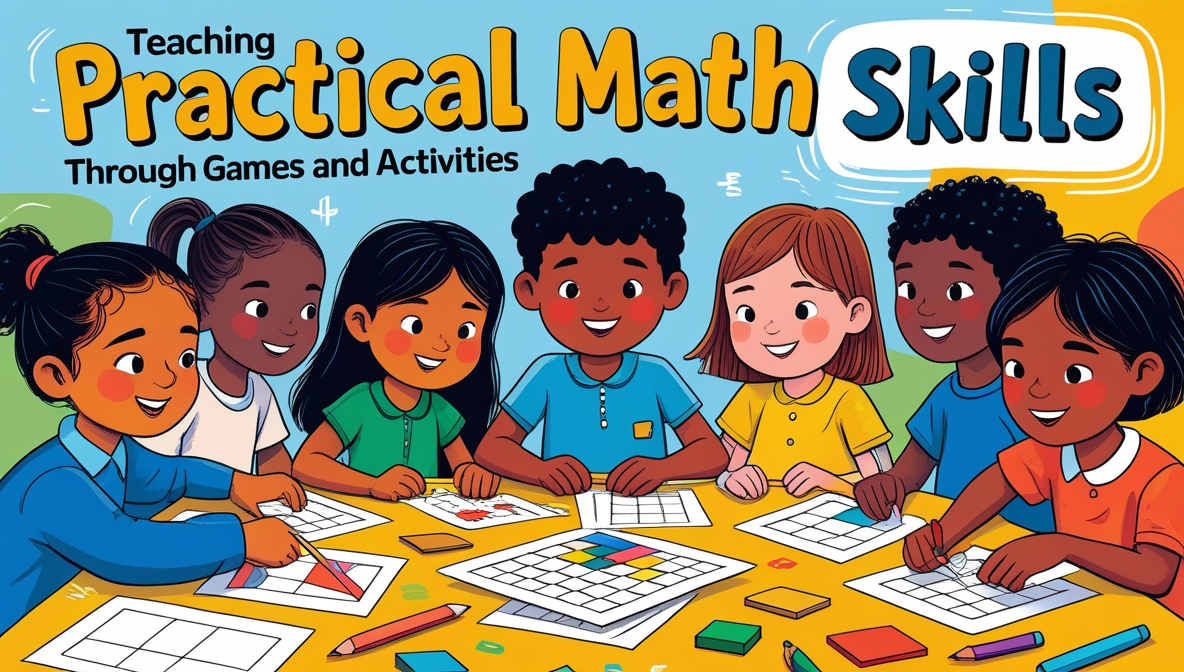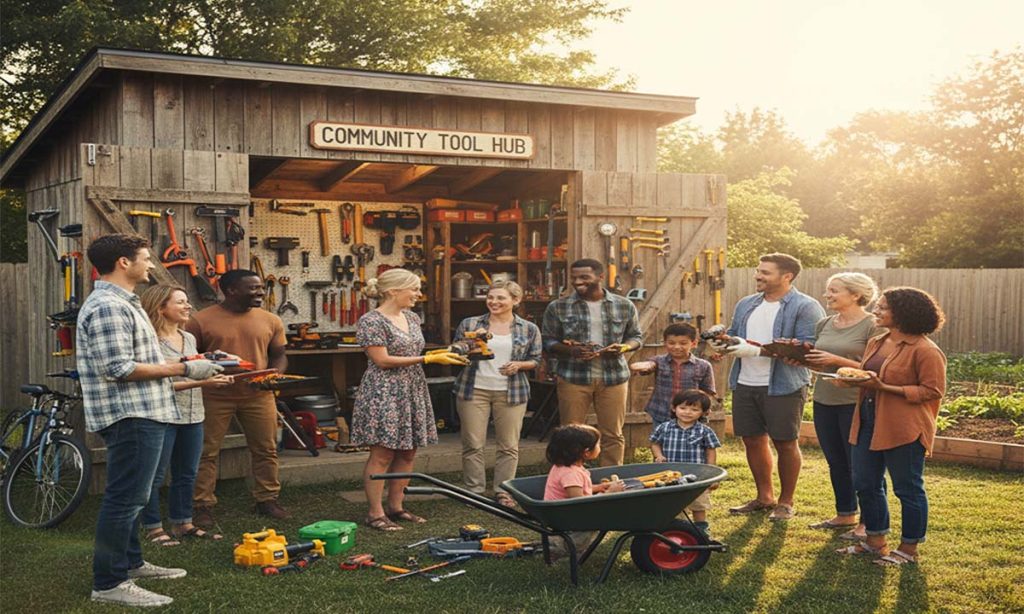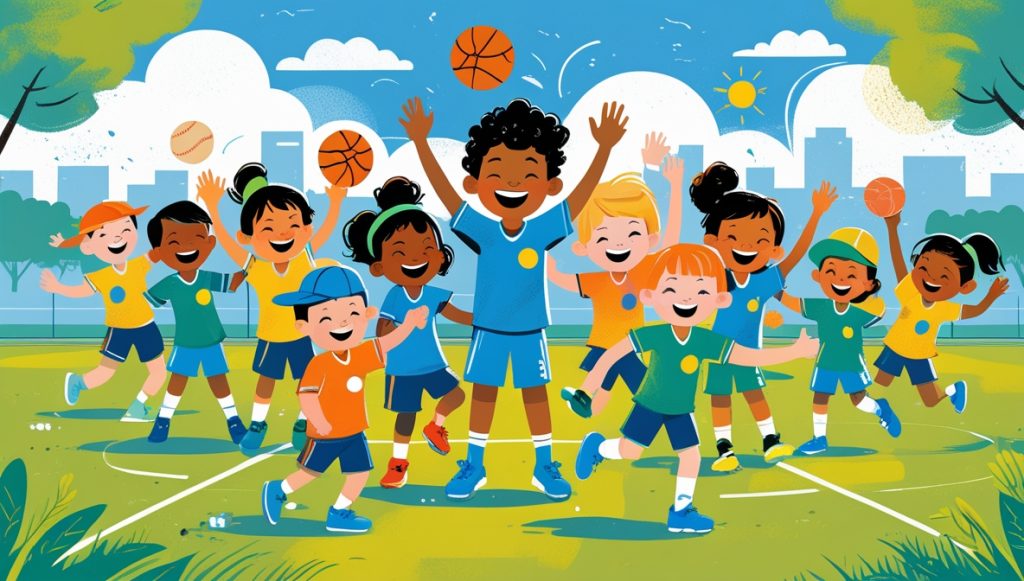Mathematics can be transformed from a subject of rote memorization to an engaging and applicable skill set through games and activities. Games simplify abstract concepts and allow learners to practice real-world math in an enjoyable way. Here’s how to use games and activities to teach practical math skills effectively.
Why Games and Activities Work
Games provide a hands-on approach, helping learners visualize problems and solutions. Activities simulate real-life scenarios, emphasizing the importance of math in everyday decision-making. Combining play and learning fosters a deeper understanding of concepts and encourages creative problem-solving.
Inclusive games ensure all learners, regardless of skill level or learning style, can participate and benefit from math activities. Designing activities that cater to diverse abilities fosters collaboration and builds confidence in applying practical math skills.
Game Ideas for Teaching Practical Math
Budgeting with Board Games
- Use games like The Game of Life or Monopoly to teach budgeting and financial literacy.
- Players calculate expenses, manage savings, and make purchasing decisions.
- Discuss strategies post-game to reinforce key learning points.
Fraction and Measurement Baking Challenges
- Encourage learners to follow recipes that involve fractions.
- Ask them to double or halve the recipe, requiring fraction manipulation.
- Introduce conversions, such as cups to milliliters, for a more advanced lesson.
To make conversions easier during baking activities, introduce tools like a millimeters to inches calculator. This helps learners understand how measurements relate across different systems, making the task both practical and educational.
Math Card Games
- Use standard decks of cards for games like “24,” where players must use operations to make the number 24 from four drawn cards.
- Play math war: highest sum or product wins the round.
Store Simulations
- Set up a mock store where learners act as cashiers or customers.
- Assign tasks like calculating totals, making change, and applying discounts.
- Incorporate tax rates for added complexity.
Shape and Geometry Hunts
- Organize a scavenger hunt where participants find objects matching specific shapes or measurements.
- Use tape measures or rulers to confirm dimensions and practice spatial reasoning.
Time Management Relay
- Create scenarios requiring learners to schedule events or activities.
- Use analog clocks to practice telling time and calculating durations.
- Incorporate time zones for an extra challenge.
Probability Experiments
- Use dice, spinners, or coins to demonstrate probability concepts.
- Create simple games where learners predict outcomes and compare them to actual results.
- Extend the activity with data visualization using graphs.
Interactive Activities for Hands-On Learning
Building Projects
- Provide building materials like LEGO bricks or wooden blocks.
- Assign tasks requiring learners to calculate area, perimeter, or volume.
- Use scaled blueprints to simulate real-world construction projects.
Financial Literacy Workshops
- Simulate monthly budgeting exercises.
- Include incomes, fixed expenses, and variable costs.
- Add scenarios like unexpected expenses to teach adaptability.
Road Trip Math
- Plan an imaginary road trip requiring mileage calculations, fuel cost estimation, and time planning.
- Introduce additional considerations like tolls and meal costs.
Coding for Math
- Use platforms like Scratch to teach math through coding.
- Create programs that solve equations or simulate real-world problems like calculating discounts.
Escape Rooms
- Design math-based escape room challenges.
- Include puzzles involving algebra, geometry, or logical reasoning.
- Use real-world scenarios like deciphering coordinates or unlocking a safe.
Real-Life Math Applications
Grocery Store Math
- Assign tasks like comparing unit prices or estimating total costs before reaching the register.
- Practice calculating percentages for discounts and taxes.
Home Renovation Simulations
- Create scenarios requiring learners to measure and budget for home improvement projects.
- Teach concepts like square footage and material cost estimation.
Weather Predictions
- Analyze weather data to teach averages, percentages, and graphing.
- Discuss probability in predicting future conditions.
Sports Statistics
- Use sports data to calculate averages, percentages, and probability.
- Compare player performances to apply math to real-world interests.
Digital Tools for Math Engagement
Math Apps and Online Games
- Utilize apps like Prodigy or Khan Academy for interactive math challenges.
- Introduce multiplayer math games to promote collaboration.
Virtual Stock Market
- Simulate investing in stocks to teach percentages, trends, and risk management.
- Use free platforms to track and analyze portfolio performance.
Augmented Reality Math
- Explore AR games that bring math problems into 3D space.
- Apps like Math Ninja or Math AR engage learners in solving spatial puzzles.
Incorporating Math into Daily Activities
Meal Prep and Budgeting
- Plan meals for a week within a fixed budget.
- Include calculating ingredients for different serving sizes.
DIY Projects
- Build furniture, requiring accurate measurements and calculations.
- Apply geometry to optimize material use.
Fitness Tracking
- Use fitness apps to analyze steps, calories, and distances.
- Discuss the math behind progress trends and goal setting.
Best Practices for Teaching Math Through Play
- Set Clear Objectives: Align games with specific math skills.
- Encourage Teamwork: Group activities foster collaboration and discussion.
- Assess and Reflect: Debrief after activities to reinforce learning outcomes.
- Balance Difficulty: Gradually increase complexity to keep learners engaged.
Teaching math through games and activities demonstrates its value beyond the classroom. By making concepts tangible and relatable, learners build confidence and skills that translate to real-world applications.






